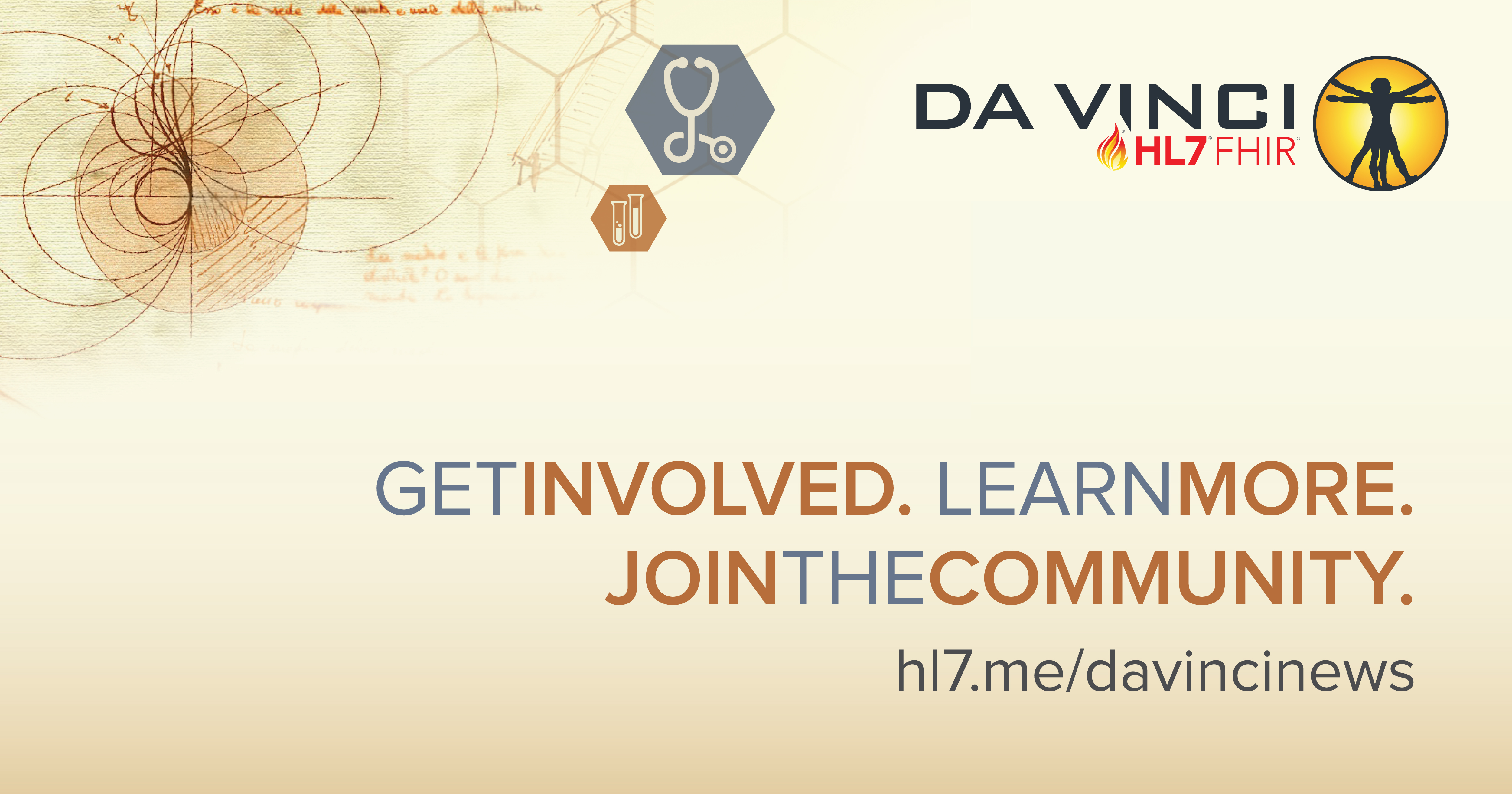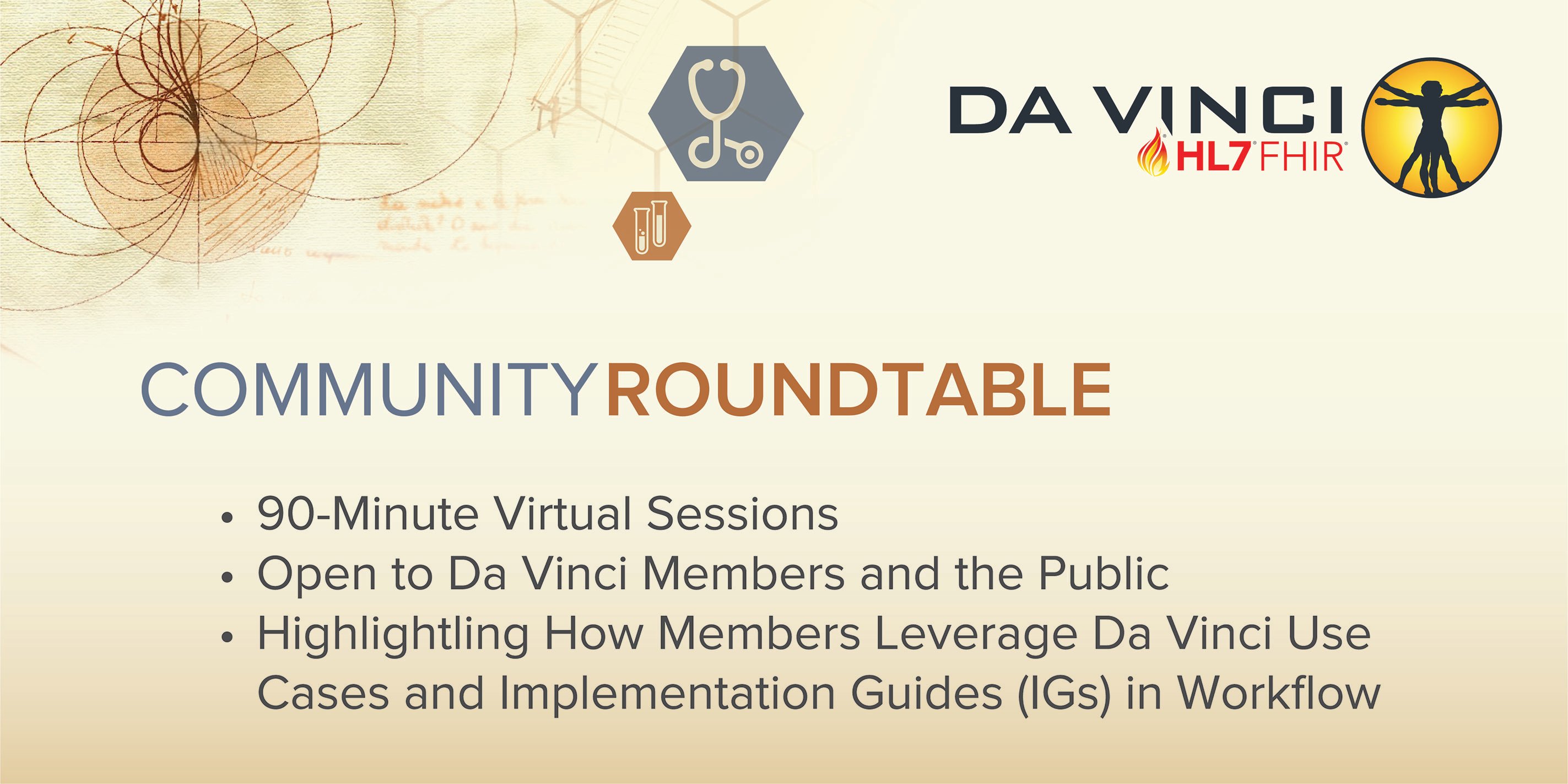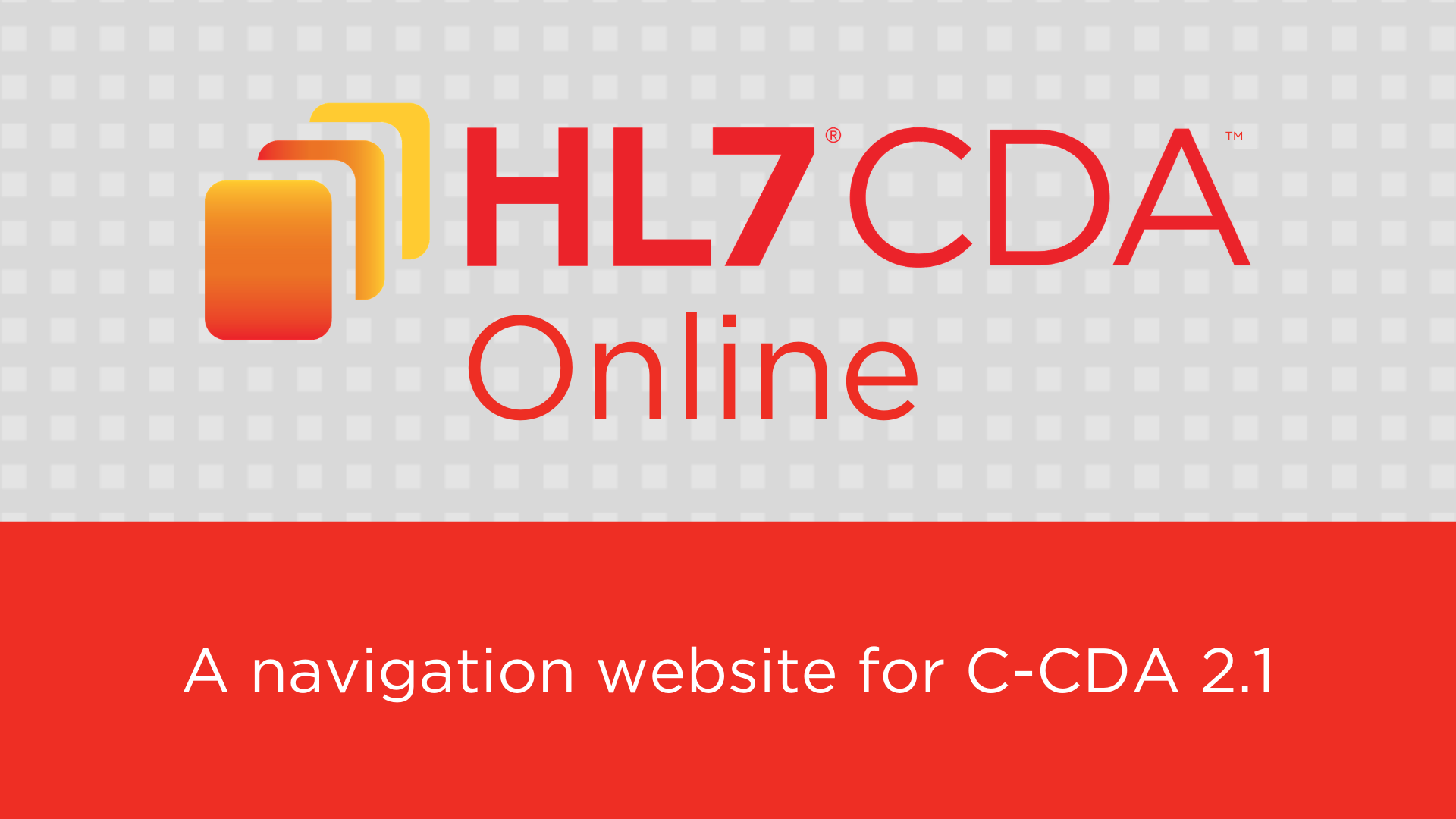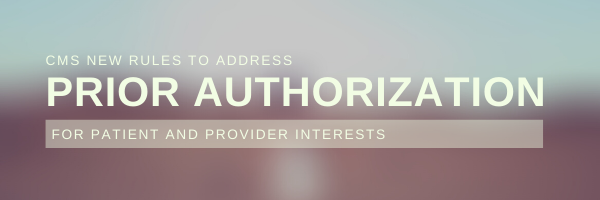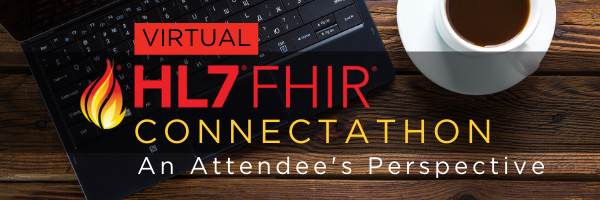Program Showcases Individuals Making Significant Contributions to Advancing Implementation Guide Use
Initiatives such as the Da Vinci Project make strides toward interoperability as organizations adopt the vision and push it forward to reality
To achieve the progress the HL7 Da Vinci Project has made to date, it relies on the extraordinary efforts of individuals who consistently work to advance the organization’s goals. This might entail stepping forward to lead a work group of peers, spending extra hours editing and reviewing work in progress workflows, recruiting business partners to test early versions as early adopters, or scouring their organization to find the right subject matter expert for a particular business challenge or question, all to ensure that early HL7 Fast Healthcare Interoperability Resources (FHIR®) implementation guides work.
These team members exemplify the spirit and intent of our collaborative industry-first Da Vinci efforts, said Jocelyn Keegan, program manager for the Da Vinci Project. “The work of Da Vinci is, at its core, a human powered effort,” she noted. “It is imperative that we publicly acknowledge the contributions of the smart, dedicated thought leaders who are redefining how payers and providers collaborate.”
To recognize individuals who are taking a lead role in working to make the outputs of Da Vinci real, the project has named six leaders as the initial class of the Da Vinci Community Champion program for their contributions in 2020.
With the ascent of value-based care, interoperability is expected to evolve at an even faster pace to meet the business demands that new reimbursement incentives are producing.


